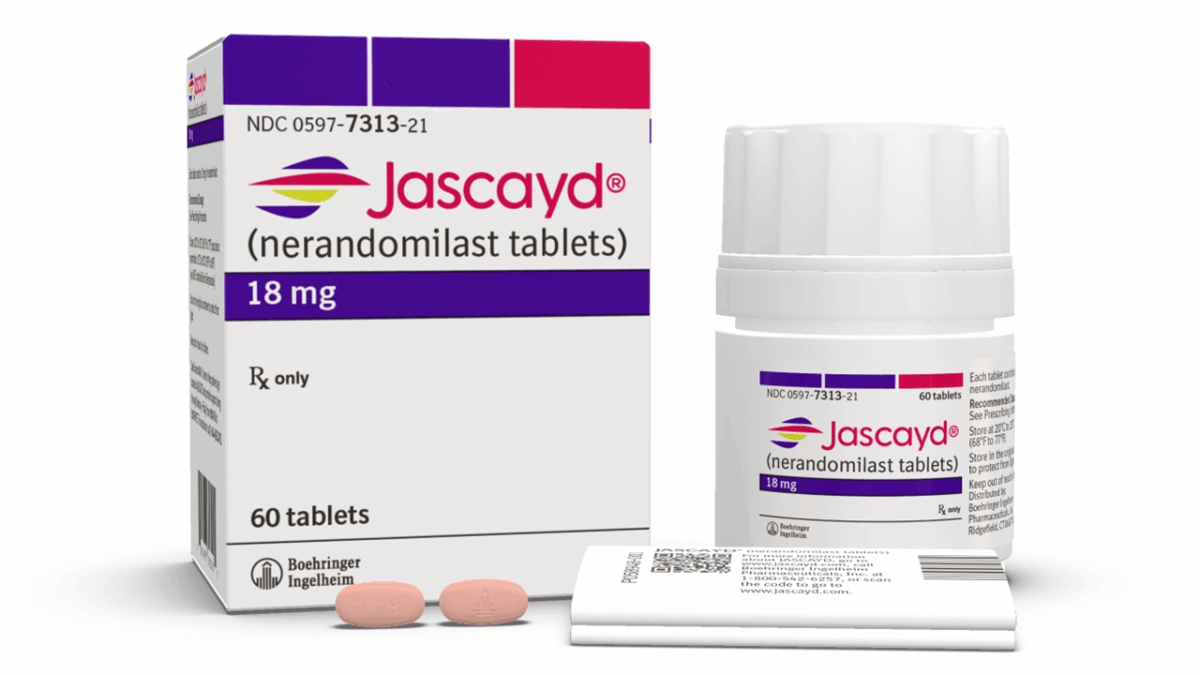Scholar Rock announced positive results from the Phase III SAPPHIRE trial evaluating apitegromab, an investigational muscle-targeted therapy, in patients with spinal muscular atrophy (SMA).
SMA is a genetic neuromuscular disease causing progressive muscle weakness and loss of motor function. Current therapies mainly address motor neuron loss, leaving a need for treatments that directly target muscle weakness.
Apitegromab is a monoclonal antibody that selectively binds to and inhibits myostatin, a protein that limits muscle growth. By blocking myostatin, apitegromab aims to enhance muscle strength and improve motor function in patients with SMA.
The SAPPHIRE trial met its primary endpoint, showing significant improvement in motor function for patients receiving apitegromab compared to those on a placebo. The primary endpoint was measured using the Hammersmith Functional Motor Scale Expanded (HFMSE), a standard tool for assessing motor abilities in SMA patients. An increase of at least three points in the HFMSE score is considered clinically meaningful.
In the main efficacy group (ages two to 12), the mean change in HFMSE from baseline was 1.8 points for patients treated with apitegromab (combined doses of 10 mg/kg and 20 mg/kg) versus placebo, with statistical significance (p=0.0192). Patients in the 10 mg/kg group showed a 2.2-point improvement (nominal p=0.0121), while the 20 mg/kg group had a 1.4-point increase compared to placebo.
Additionally, 30 percent of patients receiving apitegromab achieved more than a three-point improvement in HFMSE, compared to 12.5 percent in the placebo group. Early motor function benefits were observed as soon as eight weeks into treatment and continued to expand over 52 weeks.
The trial also included an exploratory population (ages 13 to 21), where apitegromab again showed positive effects on motor function. The safety profile was consistent with that of the Phase II TOPAZ trial. The therapy was well-tolerated, with no clinically relevant differences in adverse events between the 10 mg/kg and 20 mg/kg doses.
Serious adverse events observed were in line with the underlying disease and standard care, and none were related to apitegromab. There were no discontinuations due to adverse events.
XTALKS WEBINAR: Targeted Therapies: The Role of Large Molecules, Biologics and ADCs
Live and On-Demand: Friday, November 22, 2024, at 10am EST (4pm CET/EU-Central)
Register for this free webinar to learn how to enhance biologics and antibody-drug conjugate (ADC) development programs with cutting-edge technologies and transform the development of targeted therapies.
Efforts to improve SMA detection and treatment are gaining momentum. In August 2024, Novartis announced the implementation of nationwide newborn screening programs across Canada, enabling SMA detection shortly after birth. Early diagnosis is crucial for timely interventions and offers the potential for better outcomes.
In parallel, Biohaven’s RESILIENT study is exploring taldefgrobep alfa, another myostatin inhibitor, as an adjunctive therapy to current SMA treatments. While SAPPHIRE focused on apitegromab’s muscle-targeting benefits, RESILIENT will be assessing taldefgrobep as an add-on to survival motor neuron (SMN) upregulators, offering a complementary approach in the evolving SMA treatment landscape.
Apitegromab has received Fast Track, Orphan Drug and Rare Pediatric Disease designations from the US Food and Drug Administration (FDA), along with Priority Medicines (PRIME) and Orphan Medicinal Product designations from the European Medicines Agency (EMA). Scholar Rock plans to submit applications for approval in the US and Europe in the first quarter of 2025.












Join or login to leave a comment
JOIN LOGIN